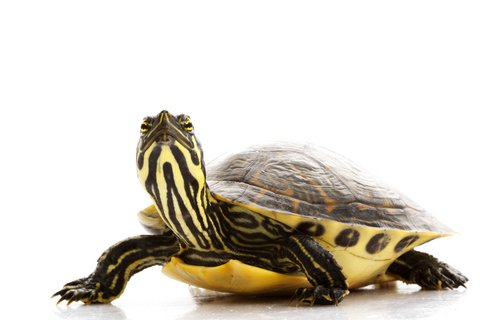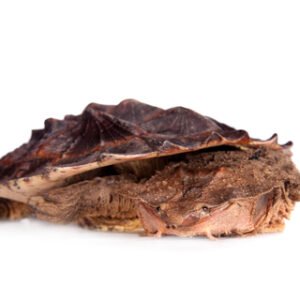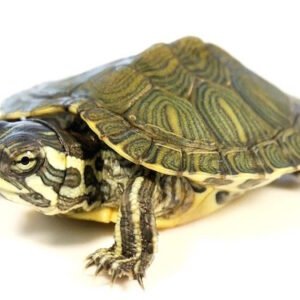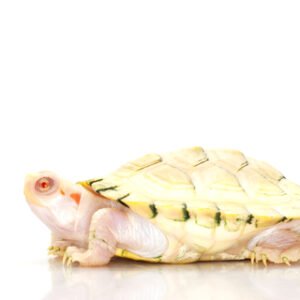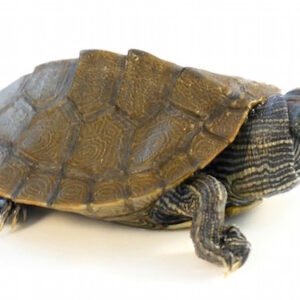Introduction to Yellow Belly Slider Turtles
The yellow belly slider turtle, scientifically known as Trachemys scripta scripta, is a freshwater turtle renowned for its striking physical attributes and vibrant coloration. These turtles are primarily recognized by their bright yellow-orange markings on their necks and undersides, which provide a distinctive feature that sets them apart from other species within the turtle family. These characteristics, coupled with their relatively small size, make them a popular choice amongst pet owners and aquarists alike.
Yellow belly slider turtles are predominantly found in the southeastern regions of the United States, especially in areas characterized by slow-moving waters, marshes, and ponds. Their natural habitat plays a crucial role in their lifestyle, providing ample basking spots and aquatic vegetation that they rely on for both food and shelter. In addition to their native territories in the United States, these turtles have also established populations in certain parts of Central America and even parts of Asia due to human activities, such as the pet trade.
In their ecological niche, yellow belly sliders serve multiple roles, including contributing to the aquatic food web. They energetically consume vegetation, insects, and small fish, helping maintain a balance within their ecosystems. Their presence is indicative of a healthy aquatic environment, which reinforces the importance of conserving their natural habitats. Socially, yellow belly sliders exhibit both solitary and communal behaviors, often seen basking on logs or rocks alongside other turtle species, which emphasizes their adaptability and social structures.
Understanding the biology and behavior of yellow belly slider turtles is paramount, not only for enhancing public awareness but also for enabling effective conservation strategies. Such insights facilitate responsible ownership practices, ensuring that these turtles are kept in environments that replicate their natural habitats as much as possible, thus supporting their well-being and long-term survival.
yellow belly slider turtles
Providing appropriate care for yellow belly slider turtles (Trachemys scripta scripta) requires an understanding of their specific habitat needs, dietary requirements, and health considerations. Setting up an ideal environment is fundamental to their well-being. A spacious aquarium or pond that mimics their natural habitat is recommended. This species thrives in environments with clean, warm water that allows ample space for swimming, alongside designated basking areas where they can dry off and absorb UV rays essential for their health.
Water quality is a critical element in turtle care. A filtration system should be installed to maintain clean water, as yellow belly sliders are susceptible to infections from poor water conditions. Regular water changes and the use of water testing kits can help ensure that toxic levels of ammonia and nitrates are kept in check. Additionally, basking areas should be provided with heat lamps to maintain optimal temperatures and ensure that turtles can efficiently regulate their body heat.
Diet plays a significant role in the health of yellow belly sliders. These turtles are omnivores, requiring a balanced diet consisting of commercial turtle pellets, leafy greens, and occasional protein supplements like insects or fish. It’s important to optimize their dietary intake to prevent common health issues such as shell deformities or metabolic bone disease.
Moreover, yellow belly sliders face challenges in the wild, including habitat destruction, pollution, and illegal collection for the pet trade. Conservation efforts are critical in safeguarding their natural habitats. Educating pet owners about the responsibilities that come with turtle ownership can lead to better practices and awareness. Individuals can support conservation initiatives by participating in local clean-up efforts, advocating for habitat protection laws, and ensuring that their turtle is sourced responsibly from ethical breeders, rather than the wild.

